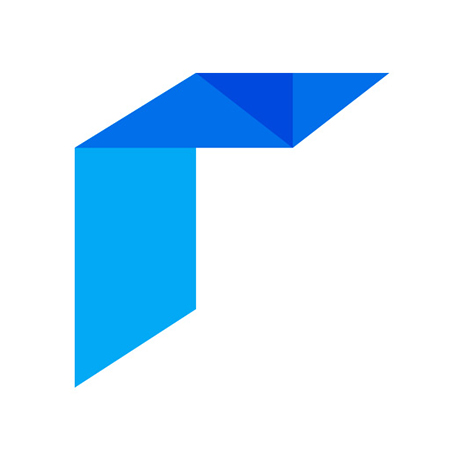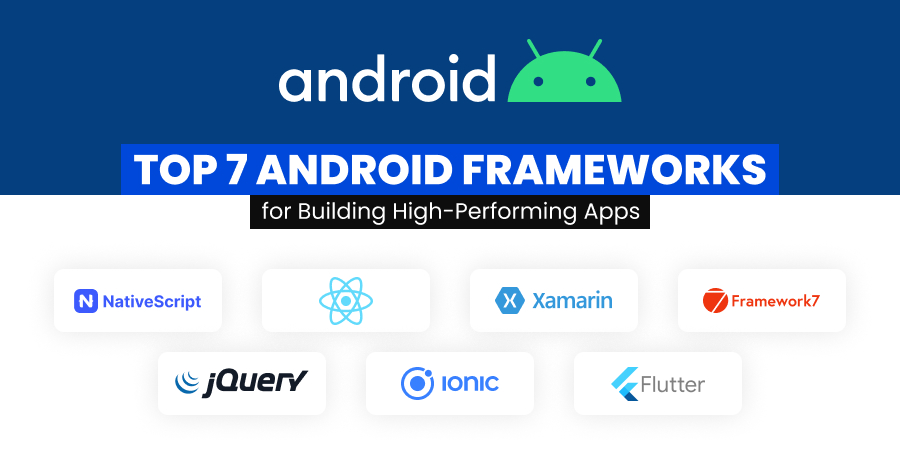
Author: Hania Saleem, Jan 27, 2023
Blog
Android is hands down the best and the most known operating system out there in the market.
If you have landed on this blog you are most likely seeking to build a robust Android app using a leading framework. This is why we are going to simplify your configuration journey and list you down with top Android frameworks.
Android app development market has grown enormously and By 2021 it held over 70 percent of the smartphone operating system market. With constantly beating and going head to head with its leading competitor, Apple, there is an expected evolving growth in future.
If you are considering building an application on an operating system with the biggest share on the play store you are certainly not wrong. With 2.65 million apps available for download as of June 2022, the growth is not stoppable anytime soon.
However, to kickstart a smooth developing experience you must be well educated with the top Android frameworks to begin with.
Without a further pause, let's get you started!
What Is An Application Framework?
An application framework is a software library that supports the development of applications. It provides a set of common software routines serving as foundational structure to the building blocks of the app development.
The framework is basically a software toolkit enabling the app developers to piece together a finished product meeting the end-requirements of its proprietor. It simplifies the app development process making it manageable, allowing the needed modification to process and fixes bugs.
List Of The Top 7 Android Frameworks For Your Android Applications
Now that you have learned about the attributes that combine together into helping you choose your preferred framework, it is time you jump into the leading options to choose from.
Let us look into the list of top android frameworks to build quality applications!
1. Flutter
Flutter is Google’s open-source UI software development kit which caters to the development of highly-robust applications.
This framework consists of a complete SDK software development kit integrated with a rich library of the needed tools. It uses Dart programming language which ensures your app gets provided with a captivating and interactive user interface.
Flutter supports both iOS and Android platforms through a single codebase while creating market-leading apps.
Moreover, this framework comes with a diverse variety of customizable widgets and tools that the developers can leverage when creating feature-rich apps integrated with complex animations and gesture-based interactions.
Top Attributes Of Flutter

2. React Native
React Native is an open source framework created by the Meta Platforms, Inc, and is based on Facebook's React library for building user interfaces. It has the best JavaScript library for building highly interactive and quality apps with great user interfaces.
ReactNative allows you to continue building on an already existing project or start a new one from scratch. It uses a "learn once, write anywhere" approach, which means that developers can use the same codebase for both iOS and Android, with minimal modifications. This makes it a preferred choice for leading companies like Facebook, Airbnb, and Uber.
Furthermore, using ReactNative one team can maintain a variety of platforms and share a common technology across.This allows you to increment the development speed of similar projects and save a good amount of time.
Top Attributes Of React Native

3. Xamarin
Xamarin is a Microsoft-based cross-platform friendly UI framework that is majorly used by developers to build robust mobile applications using C# and the .NET framework.
It empowers developers to share a single code across multiple platforms catering to both native performance and platform-specific features,
Xamarin is a framework that provides a visual design experience to create captivating user interfaces. This framework comes with a complete set of tools and libraries for common mobile tasks while helping you with debugging, profiling, etc.
Top Attributes Of Xamarin

4. Ionic
Ionic is an open-source SDK framework for hybrid mobile app development made out of leading components which allows developers to build highly-interactive UI for the applications. It was developed by Max Lynch, Ben Sperry, and Adam Bradley of Drifty Co. in the year 2013.
With its Css variables, multi-framework support, and now a straightforward integration with native code using Portals makes Ionic is preferred by many.
Ionic is engineered to swift and smoothly integrate itself with top-tier front end frameworks, including Angular, React, Vue, or even no framework.
Structured to build highly-responsive applications with interactive features such as hardware accelerated transitions, touch-optimized gestures, pre-rendering, and much more. Ionic also uses Apache Cordova, a platform for building native mobile apps using web technologies, which enables developers to access native device features through JavaScript APIs.
It is built on top of Angular, a popular JavaScript framework for building web applications. Ionic provides a library of pre-built UI components and a command-line interface (CLI) for creating, building, and deploying mobile apps. It also provides a set of plugins for accessing native device features such as the camera, geolocation, and storage.
Top Attributes Of Ionic

5. NativeScript
NativeScrpt is an open source framework that supports Vue.js, TypeScript, and Angular to create native mobile applications.
Using NativeScript, you are able to access the APIs of all native platforms such as Android/Objective-C using JavaScript without (de)serialization or reflection. This empowers applications to run on the device's native runtime, providing a fast and smooth user experience.
NativeScript allows developers to maintain code better and deploy any changes much faster with a single technology stack. Its open-source nature, active community, and support for popular frameworks such as Angular and Vue.js make it a popular choice among developers.
With an access to the wide range of APIs such as camera,and GPS, allowing a leading-level of scalability and adaptability to use familiar frameworks and tools to build apps
The NativeScript community is also an important aspect of the framework. It is large and active, providing a wealth of resources and support for developers. There are also many plugins and modules available, which can be easily integrated into apps, and many tutorials and learning resources that are available online.
Overall, NativeScript provides developers with a powerful platform for developing cross-platform, high-performance mobile apps using a single code base.
Top Attributes Of NativeScript


6. jQuery
jQuery is a swift, small (around 40 KB when minified) and feature-rich framework. This is designed to ease-up the selection, travers and manipulation of HTML DOM, making CSS animation and much more via only a few lines of code .
jQuery has transformed the development of making easier yet dynamic and interactive web applications with its powerful and versatile JavaScript library. Its simplicity, cross-browser compatibility, and large community make it a popular choice among developers.
First released in 2006, this is an open source software with an MIT License that facilitates reliability, and has changed how people write javascript.
With a built-in theme system, it lets developers customize applications as per the user-centric demands and requirements.
Developers can also get help and resources from the large and active jQuery community. Tutorials, plugins, and modules can be easily integrated into web projects with the availability of many tutorials, plugins, and modules.
Additionally, jQuery is often used in conjunction with other libraries and frameworks, such as Bootstrap and AngularJS, which can further extend its capabilities.
Top Attributes Of jQuery

7.Framework7
Framework7 is a free and open-source mobile app development framework that comes with its own prototyping tool. This leverages the developers to swiftly build both iOS and Android apps using HTML, CSS, and JavaScript.
One of the major benefits of using Framework7 is its quality performance which ensures the maintenance of a swift and quality performance on devices on platforms all across.
Furthermore, developers can easily build highly-complex navigation structures, like tabs and nested views, using a quality navigation system.
Along with its core features, Framework7 has a huge range of additional tools and plugins, allowing developers to add the needed options without needing to build the apps from scratch.
Overall, Framework7 is hands-down powerful with a rich set of UI components, performance optimizations, and additional tools, making it a go-to choice to build robust mobile applications.
Top Attributes Of Framework7

Key Takeaways
The pre-vetted frameworks are engineered specifically to support the structure of your mobile applications expanding it to something extraordinary. These are exceptionally important to give the development operations a significant boost in speed by letting the developers focus on what makes the project unique.
If you have decided to build an app for your enterprise or start-up, choosing the right frameworks will promptly increase your software reliability. The choice of the framework, however, depends on the type and amount of factors needed to be implemented in your applications.
It is important to carefully keep your demands and expectations in mind and explore the frameworks we have discussed above, in order to make the right decision.
With the options mentioned above being used by some of the global elite network of successful tech-companies, any one of the frameworks can serve as an ideal for your leading android application.
However, in order to launch a successful application, you must hire mobile app developers who are highly-vetted to help you execute your innovative ideas in the form of a tangible application.
With the right team of experts you can leverage the usefulness of the frameworks and the human-mind to build a feature rich android application as per your vision.
FAQS
1. Name some of the most popularly used Android frameworks for building quality apps ? Some of the most popular Android frameworks for building quality-controlled and highly-adaptable apps include React Native, Xamarin, and Flutter.
What are some of the benefits to using React Native to build an Android app ?
A major advantage to using React Native is that it fosters a high-paced development, by allowing developers to reuse the code on multiple platforms all across while accessing a large library of pre-built components.
3. What are the major benefits Flutter offers for Android app development?
Flutter offers multiple advantages such as a much more efficient development, better app performance, and allows the developers to tap into a high variety of diverse tools and widgets.
4. What are the significant drawbacks to using a framework for Android app development ?
Android framework can come with a few drawbacks such as a higher complexity and a longer training time compared to developing a native app, and can lead to slight fall in the overall performance of the app compared to native apps.
Most Popular

What is IT Staff Augmentation? | TalentVerse

15 Best AI Apps You Should Know In 2023 (Latest Edition)
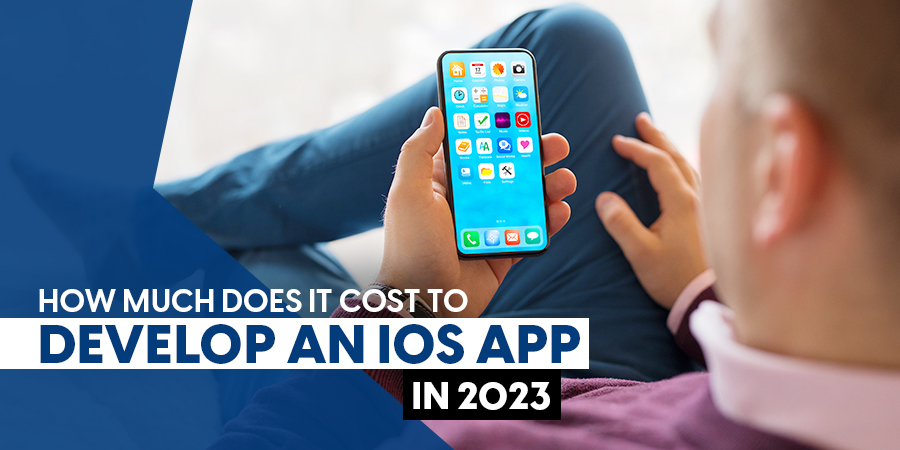
How Much Does it Cost to Develop an iOS App in 2023 - TalentVerse

Top 5 Benefits of Staff Augmentation for your Business

How to Choose the Best IT Staff Augmentation Company

Top 7 Android Frameworks for Building High-Performing Apps

10 Best Tools for VR Development of 2023
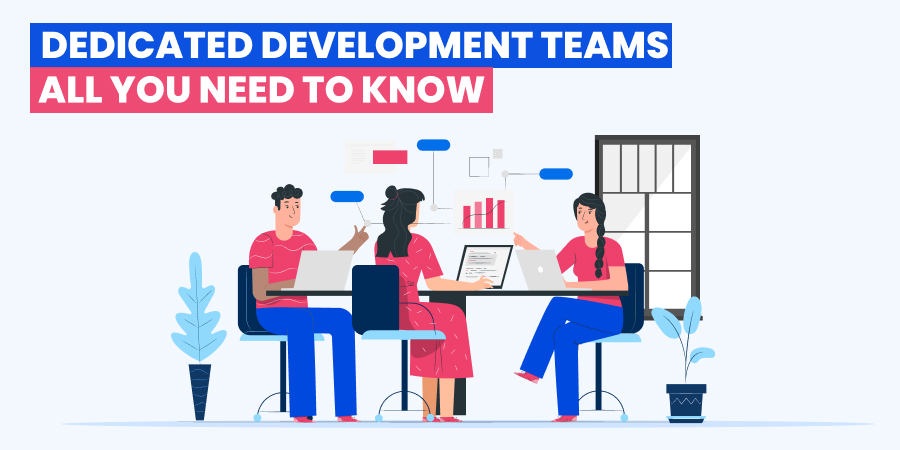
Dedicated Development Team: All You Need To Know
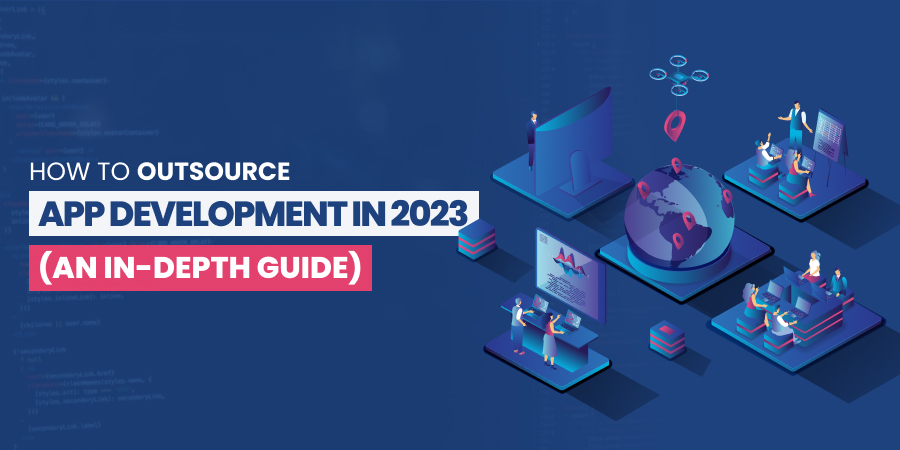
How to Outsource App Development in 2023
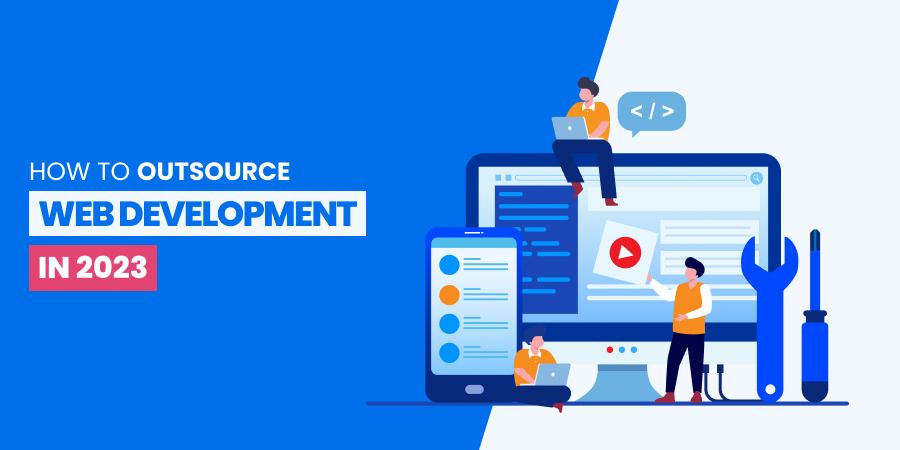
How to Outsource Web Development in 2023



